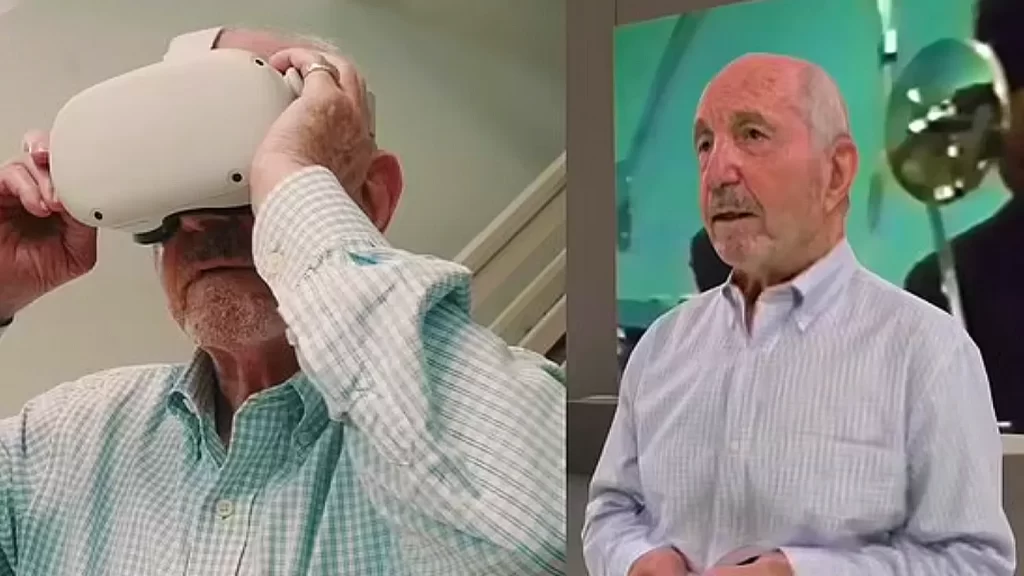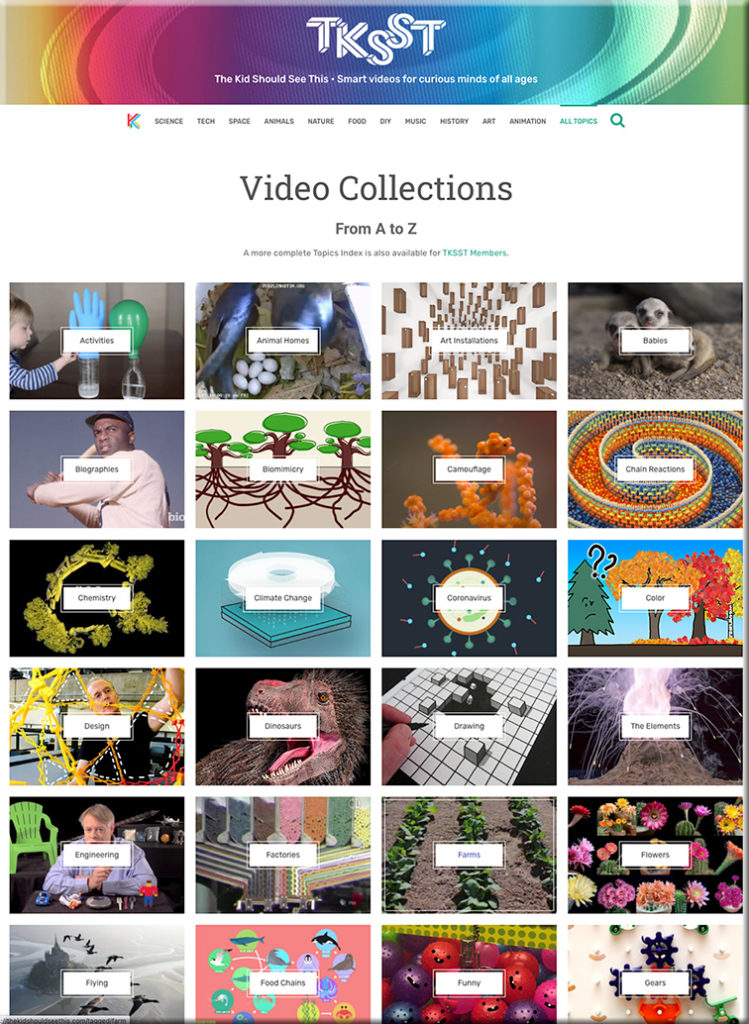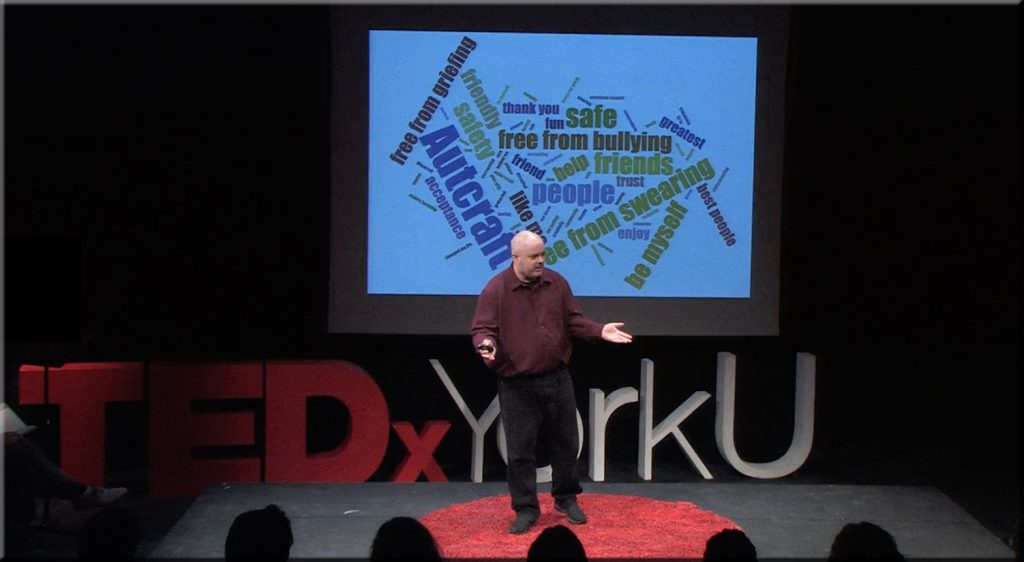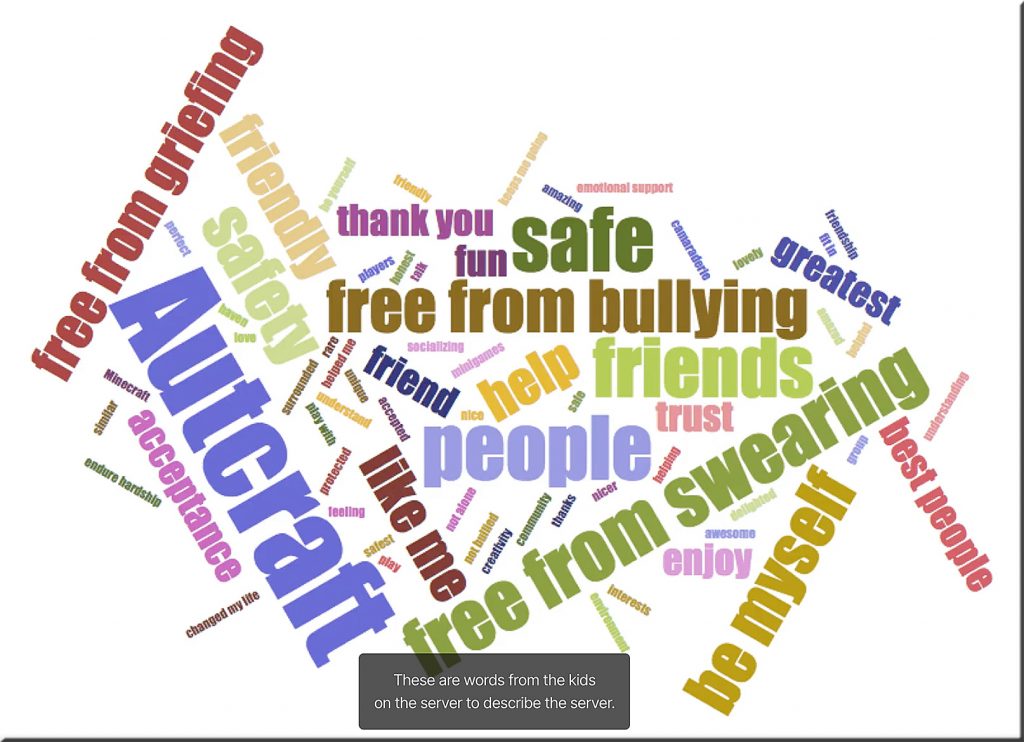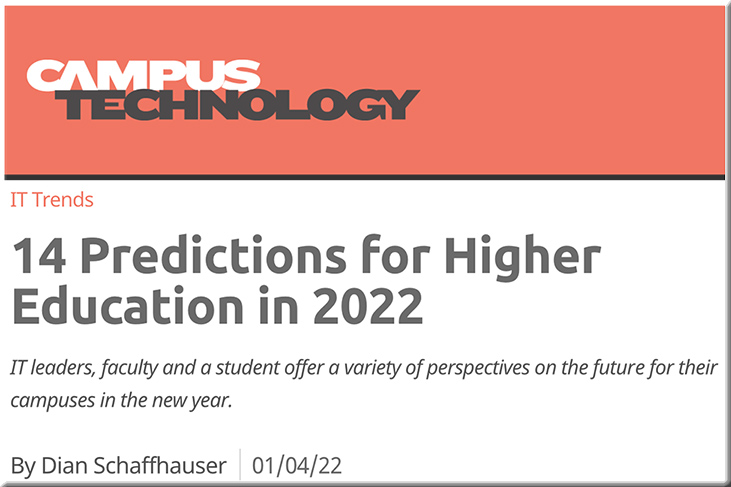27 Fun Ways to Celebrate the End of the School Year — from commonsense.org by Erin Wilkey O.
Excerpt:
This year, things are closer to “normal,” but we can still be creative in recognizing and celebrating students’ accomplishments. Use this list of ideas to help you plan some fun end-of-year activities — we’ve included a special section at the end for celebrating the class of 2022. Many of the ideas here play out in the digital world, but we’ve mixed in some offline options as well.
We hope these activities bring you and your students some much-deserved joy as we close out the 2021–2022 school year.









